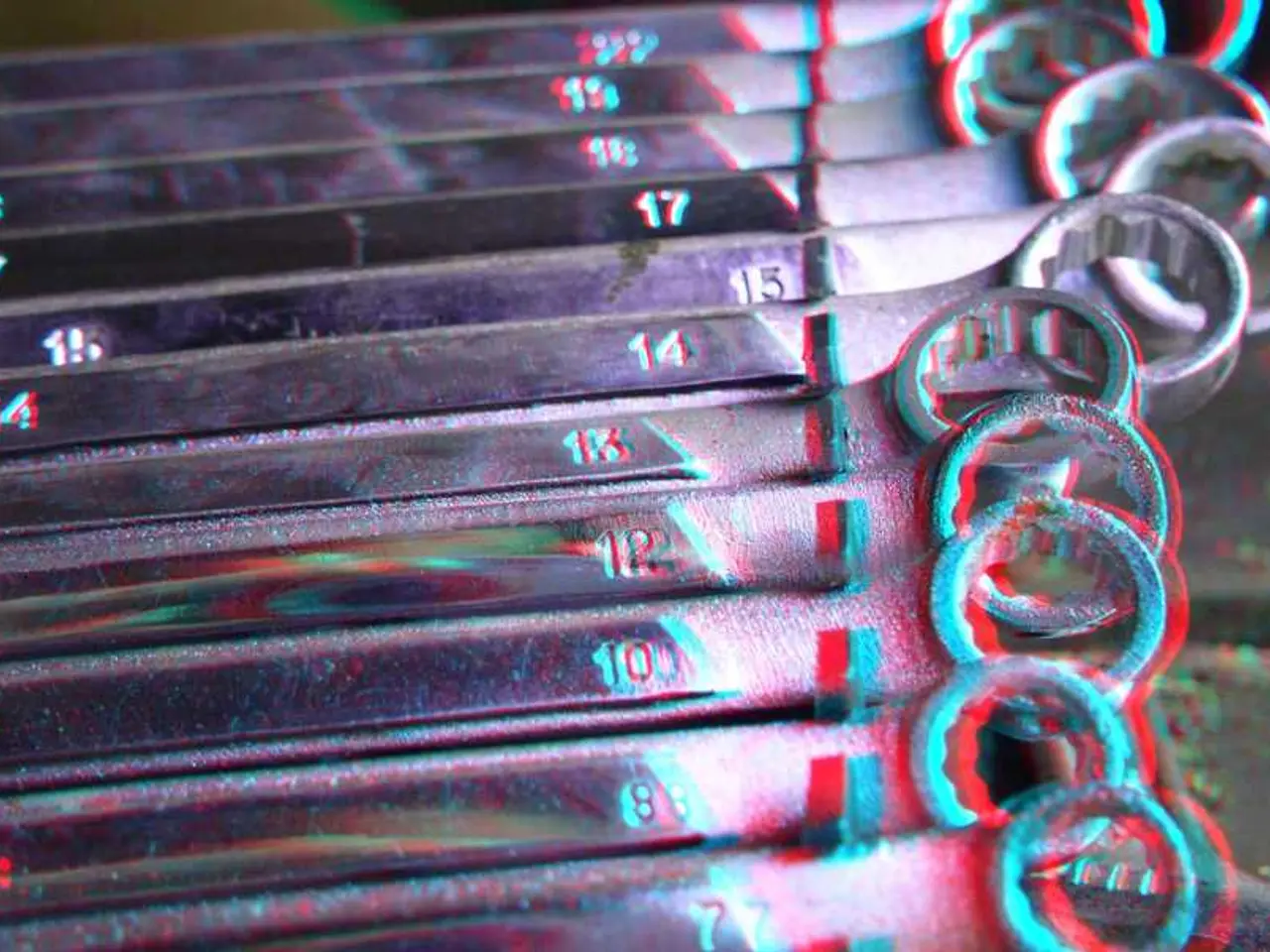Growing Auto Loan Market Accompanied by Rise in Overdue Payments
=========================================================================================================================
The latest report from the Federal Reserve Bank of New York's Quarterly Report on Household Debt and Credit for Q2 2025 reveals a concerning trend in auto loan delinquencies. The delinquency rate for auto loans has risen, especially among younger borrowers (ages 18-29) and those with subprime credit scores.
In Q2 2025, 4.99% of auto loan balances were 90 or more days delinquent, an increase from 4.43% a year earlier. Among the youngest borrowers, 4.58% transitioned to 90-plus days delinquency, almost doubling from 2.43% a year ago, representing the highest delinquency share by age group.
The growth in auto loan originations was strong, reaching $187.9 billion in Q2 2025, up 4.9% year-over-year. However, subprime borrowers (credit scores below 760) accounted for a larger share of originations—40% compared to 36.6% a year ago—which raises concern about riskier lending.
The increase in delinquencies correlates with affordability and risk factors affecting these groups. Key causes contributing to these trends include increased dealership activity late in Q1 2025 as consumers tried to avoid new tariffs on imported autos and parts, leading to more originations but also a delay in payment difficulties showing up in Q2 data. Additionally, affordability challenges due to rising vehicle prices and more loans being taken on used vehicles with lower average amounts financed but higher loan-to-value ratios have contributed to the trend.
Younger borrowers and subprime consumers typically have a higher risk profile and are more vulnerable to economic stress, contributing to higher delinquency rates among these demographics. Vehicle financing trends show a shift toward used vehicles (59% of loans) driven by affordability constraints on new cars, impacting loan performance dynamics.
While overall household debt and auto loan balances rose, the transition from current to delinquent states among auto loans remained mostly steady but elevated compared to previous years. The demand for auto loans and leases was strong in the second quarter, with the biggest growth in the highest credit-score category, scores of 760 or higher.
New York Fed analysts express concern about young borrowers and borrowers with subprime risk, as after 90 days of delinquency, auto loans are likely to default. The report indicates that auto loan delinquencies are trending upwards, driven by affordability challenges, increased riskier lending, and market shifts toward used vehicles.
As of now, there is no information available about August momentum or incentives for dealers. The data provided in the report offers valuable insights into the current state of the auto loan market and highlights the need for careful consideration when extending credit to riskier borrowers.
- The concerning trend in auto loan delinquencies, as revealed by the Federal Reserve Bank of New York's Quarterly Report on Household Debt and Credit for Q2 2025, could have a significant impact on personal-finance management, particularly for younger borrowers and those with subprime credit scores.
- In the realm of business and finance, the rise in auto loan delinquencies, driven by affordability challenges, increased riskier lending, and market shifts toward used vehicles, is a matter of concern, requiring careful credit extension strategies to ensure the stability of the auto loan market.




